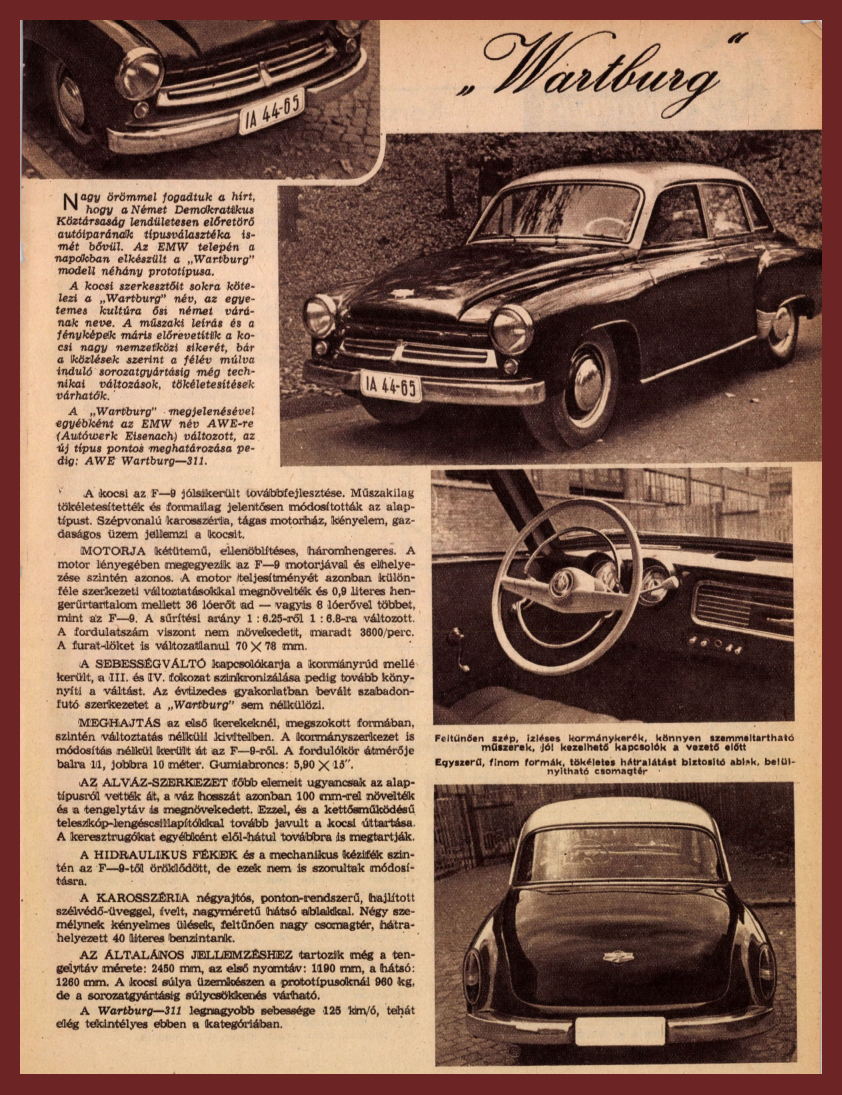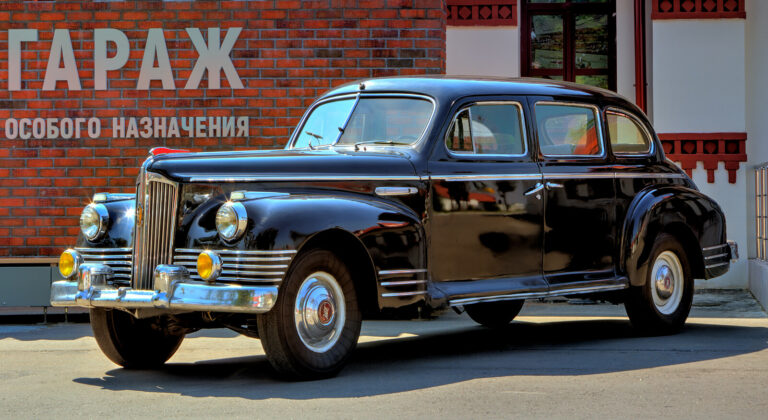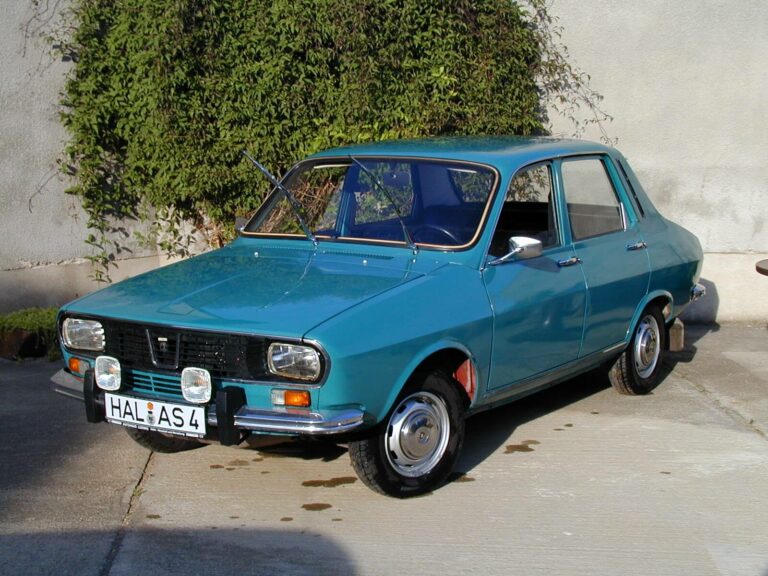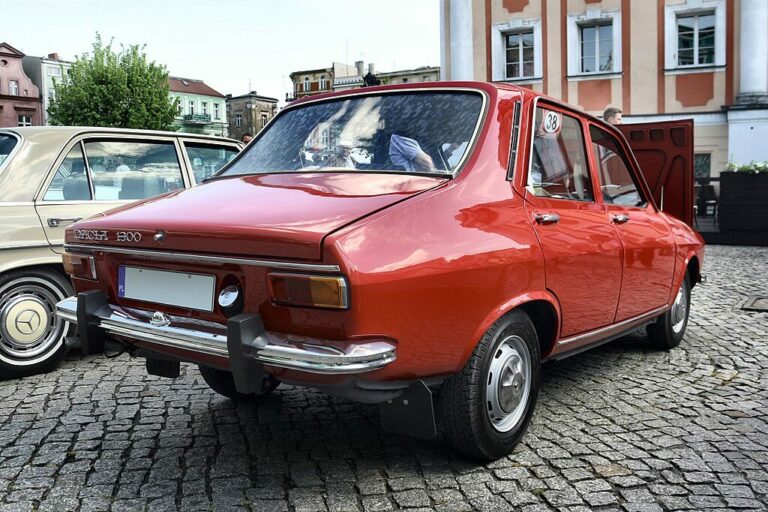1956 - The first Wartburg - the 311...
...based on the 1939 DKW F-9 design.
Only the outside has changed.
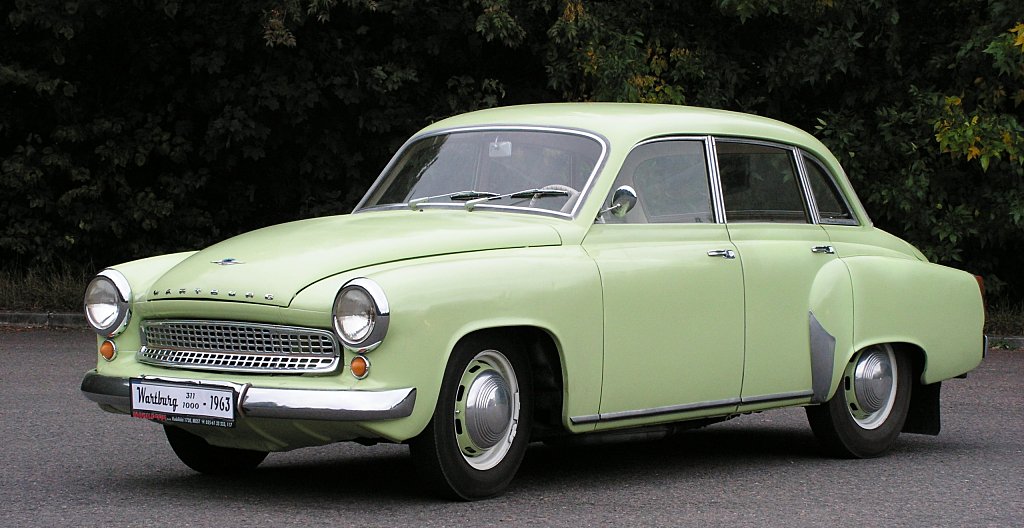
Wartburg 311/0 The basic four-door sedan - Image source: wikipédia / Vladimir Krupka
♠
Before following the then published Wartburg, as a new car type welcome writing in the Car Engine 1956 from the 15 January issue, here is a little history of the production of the now legendary 311/312-type:
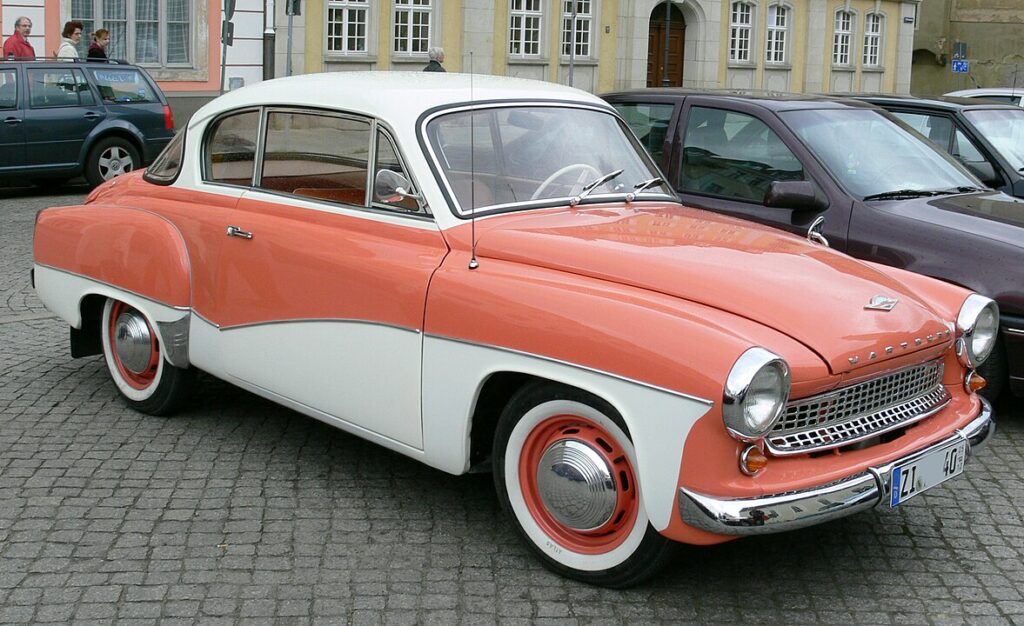
Wartburg 311/3 The two-door coupé - Image source: wikipédia / Andreas Praefcke
The Wartburg 311 - the first modern car of this name - was produced by the East German VEB Automobilwerk Eisenach between 1956 and 1965. The car was available as a saloon, saloon, pickup, coupé and even as a two-seater roadster. The two-stroke engine was upgraded in 1962 from 910 to 992 cc. A temporary model, the Wartburg 312, which was developed for the next 353 - known in Germany as the "small car" - was in production between 1965 and 1967.
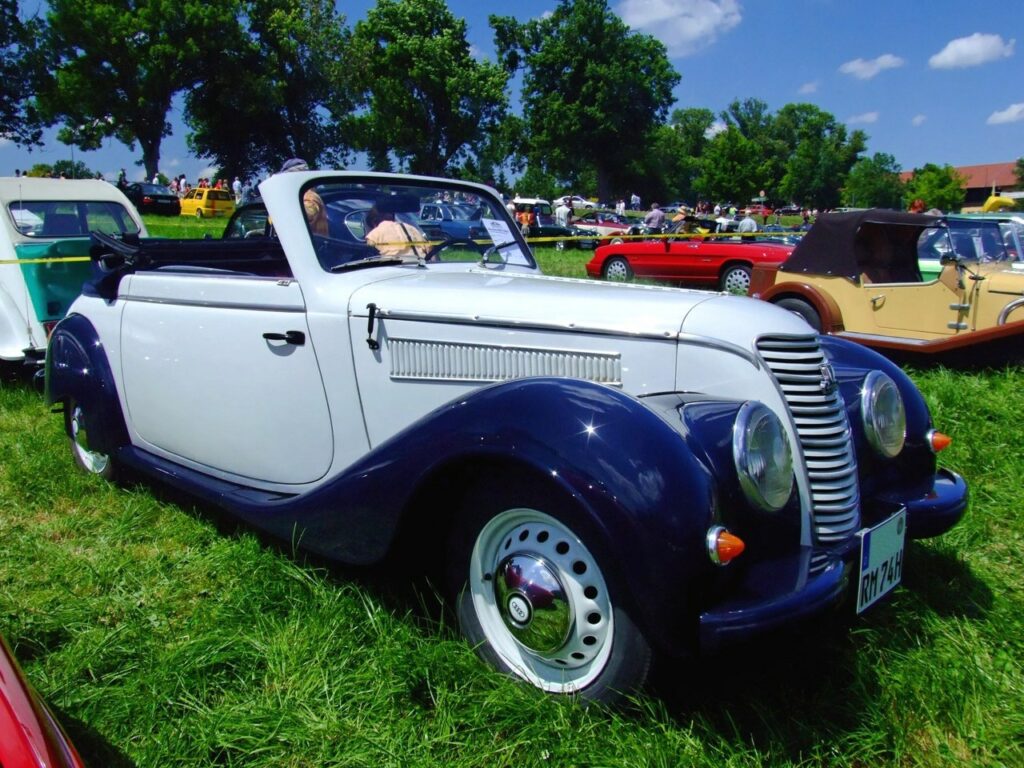
The DKW-F8 convertible - Image source: wikipedia
Production of the Wartburg 311 in Eisenach started as early as the end of 1955. The basis was the EMW 309, better known as the IFA F9 (1949-1956), which was based on the 1939 DKW F-8, while its body was based on the DKW F-9, which was prototyped in 1940. (During the post-war depression, the car was also produced by Auto-Union in West Germany - later Audi - under the name DKW F89.) At the time, steel supplies were quite poor in many European countries, so it was in no small part due to this that plastic components were often used for the IFA F9's bodywork. The car was, according to contemporary figures, a good few kilograms lighter than its Auto Union 'half-brother', which helped its handling.
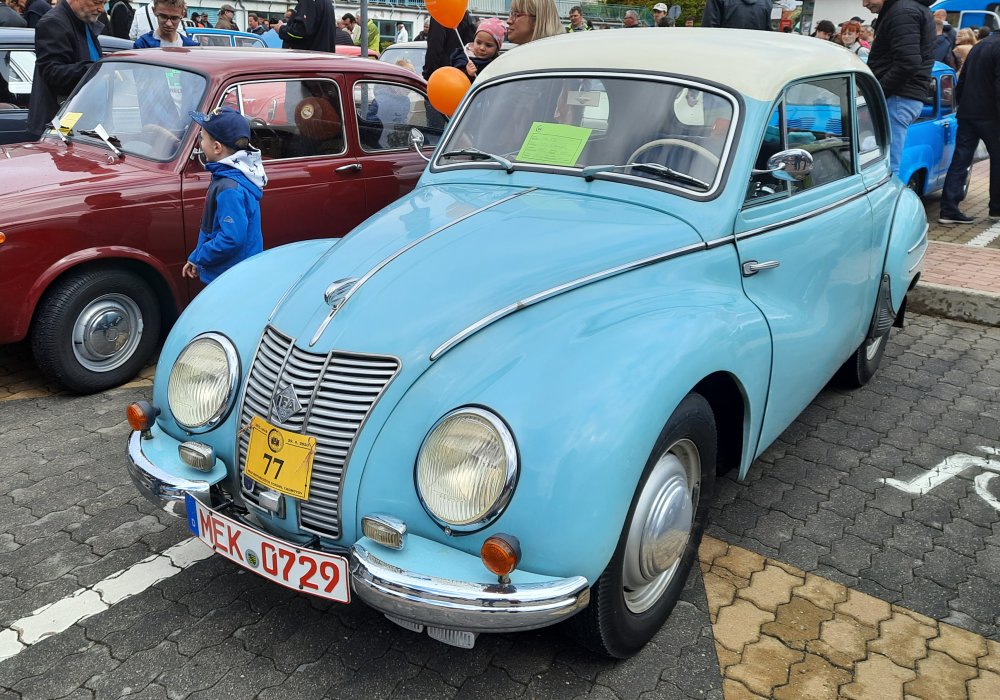
The saloon IFA F-9 - Image source: auta5p.eu
The F9 was powered by virtually the same 910 cc, in-line three-cylinder, water-cooled two-stroke engine that powered the upcoming 311 Wartburg. The four-speed freewheel manual gearbox was also inherited from its predecessor.
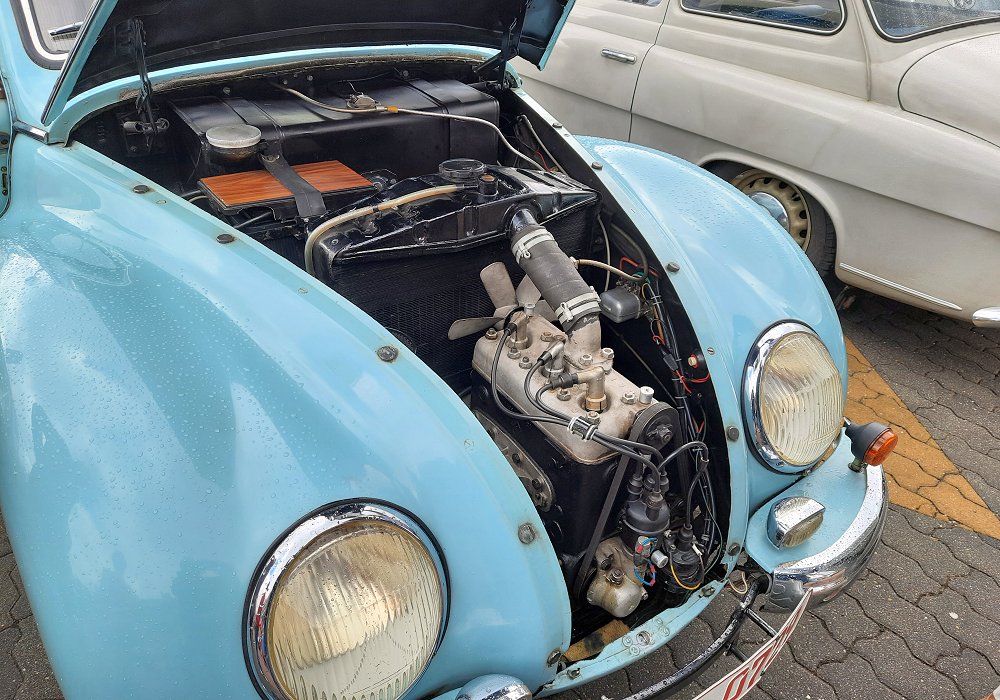
The engine - Image source: auta5p.eu
The basic architecture of the pre-war design, taken from DKW in Zwickau, was therefore retained, although the chassis was extended by 10 cm on the Wartburg 311, which combined with the long overhangs resulted in a relatively roomy four-door car.
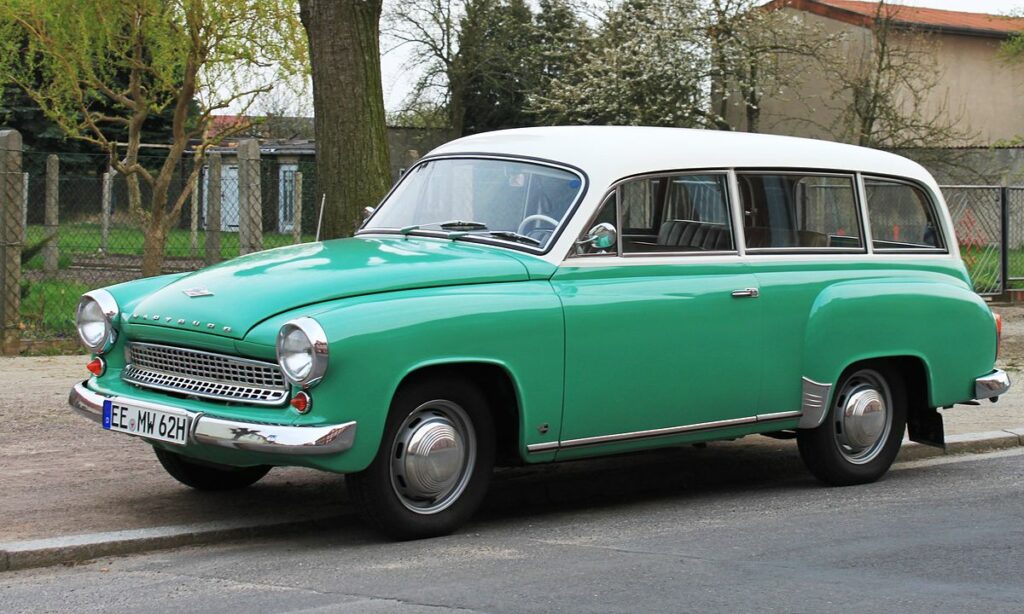
The 311/9 estate - Image source: wikipedia / LutzBruno
The name "Wartburg" comes from the very first model (Wartburgwagen), which was produced in 1898 at Automobilwerk Eisenach, long before BMW bought the company. The designation '311' also followed the tradition of the plant's former owner, BMW, whose cars produced in Eisenach were identified by a three-digit number beginning with '3'.
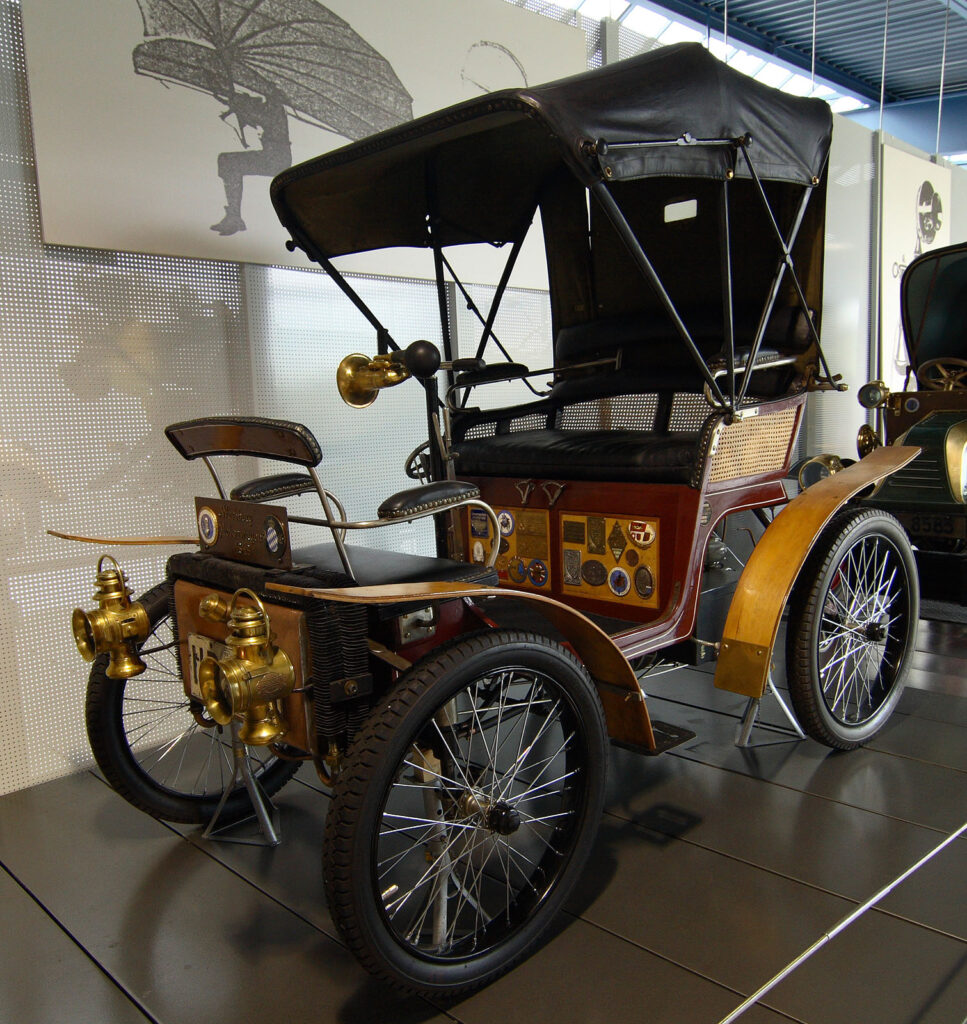
The first Wartburg from 1898 - Image source: wikipédia
The use of a separate chassis made it easier for the car to adapt to different body shapes, but it was not exactly state-of-the-art at a time when car manufacturers in Europe were increasingly standardising self-supporting bodies.
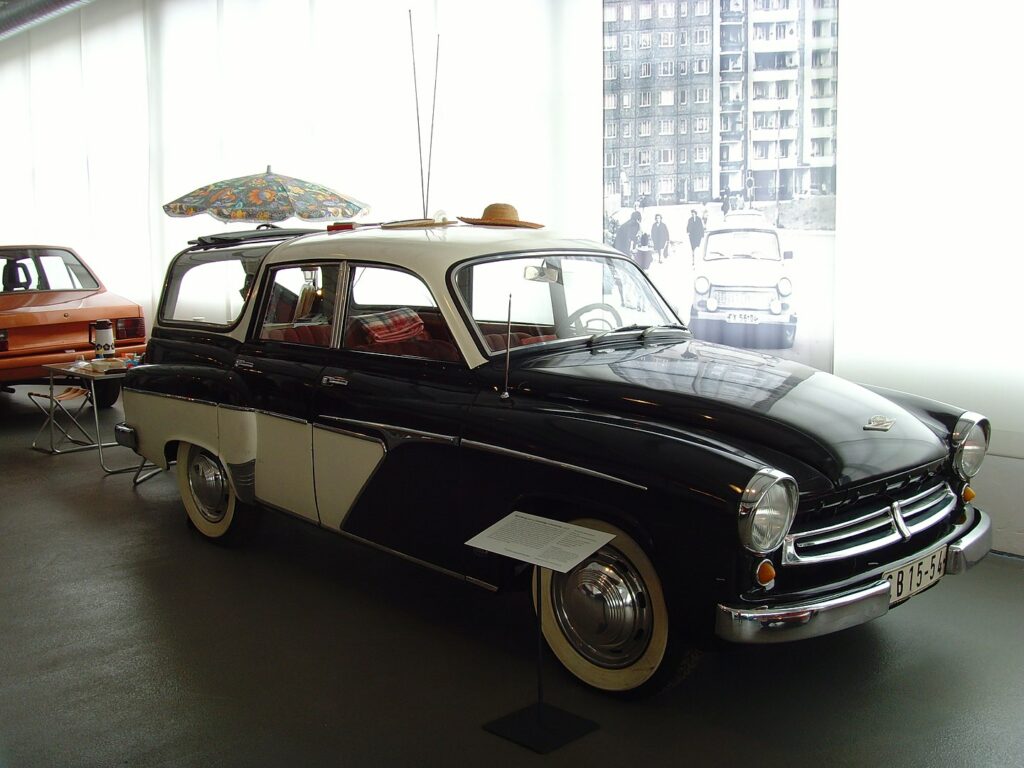
The 311/5 Camping Limousine Image source: wikipédia / Klaus Nahr
The Wartburg 312 was a transitional model with the body of the Wartburg 311, but with technical content approaching that of the later Wartburg 353, and was launched on 1 September 1965. From 1 June 1966, vehicles with the 1:30 001 VIN were given the new bodywork, which was accompanied by a change of the type designation from "1000" to "353", but at the same time the 312 remained in production until 1967.
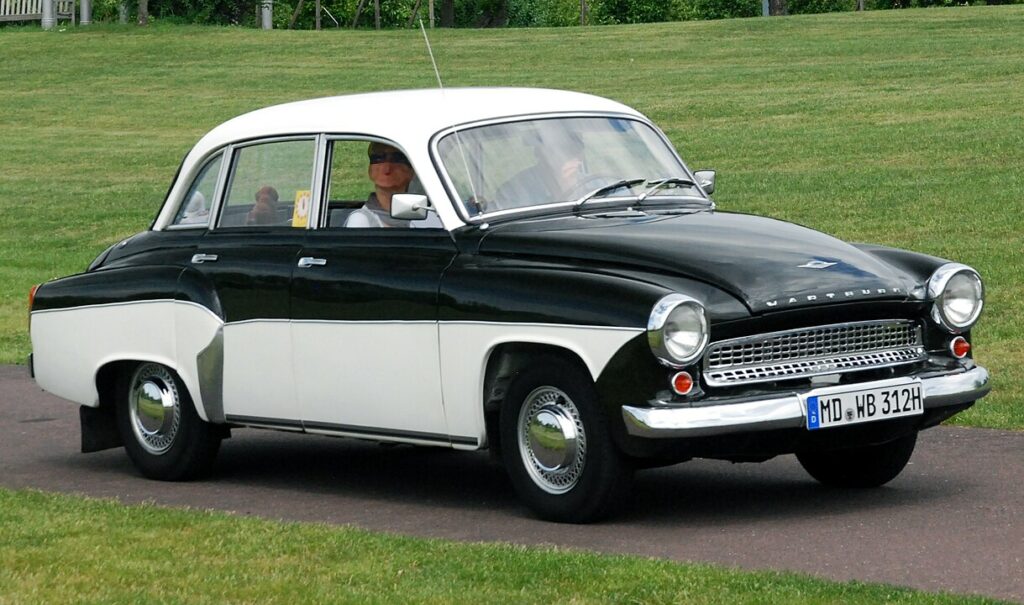
The 312, the "little wheel" - Image source: wikipédia / Torsten Maue
By the standards of the time, the car was very successful, finding buyers not only in the Eastern Bloc countries, but also in Western Europe and even overseas. (A total of 737 right-hand drive versions were produced, but for example, about a third of the 469 examples of the two-seater roadster 313-1 were sold in the United States.)
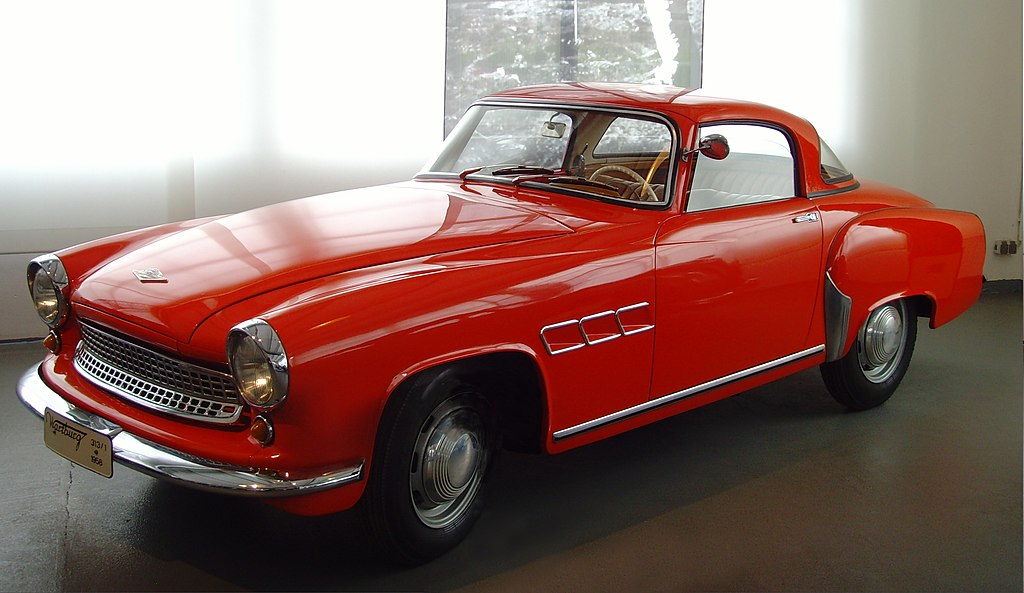
The 313/1 "Sport" two-door roadster Image source: wikipédia / Klaus Nahr
The total production volume of the Wartburg 311 was 288 535 units.
So below is the Car Engine, new Wartburg 311 welcoming the publication of, January 1956from. You can find a high-resolution image of the article in the gallery at the end of the post.
♠

We were delighted to hear that the dynamic automotive industry in the German Democratic Republic is once again expanding its range of models. A few prototypes of the "Wartburg" model were recently completed at the EMW plant.
The name "Wartburg", the name of the ancient German castle of universal culture, is a big commitment for the editors of the car. The technical description and photographs already foreshadow the carriage's great international success, although technical changes and improvements are reportedly still to be made before series production starts in six months' time.
With the appearance of the "Wartburg", the name EMW was changed to AWE (Autówerk Eisenach), and the new model was defined as AWE Wartburg-311.
The car is a successful development of the F-9. The basic type has been technically improved and significantly modified. The car is characterised by a well-designed body, a spacious engine compartment, comfort and economical operation.
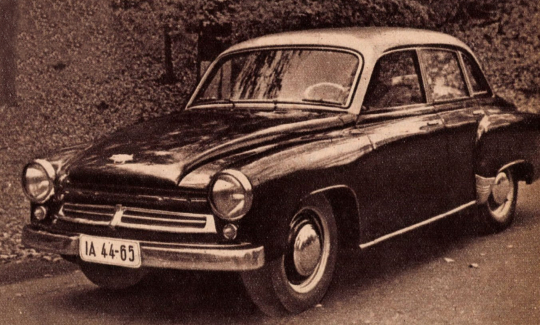
ENGINE Two-stroke, opposed, three-cylinder. The engine is essentially the same as the F-9 engine and the layout is also identical. However, the engine's power has been increased by various structural changes and, with a displacement of 0.9 litres, it produces 36 hp - 8 hp more than the F-9. The compression ratio has been changed from 1:6.25 to 1:6.8. But the engine speed has not increased, remaining at 3600 rpm. The bore stroke also remained unchanged at 70 x 78 mm.
The shift lever for the POWER SHIFT is located next to the handlebars, and the synchronisation of the III and IV gears makes shifting even easier. The "Wartburg" is also without the free-wheel drive system, which has been tried and tested for decades.
FASTENING at the front wheels, in the usual form, also without modifications. The steering mechanism is also transferred from the F-9 without modification. The turning circle diameter is 11 metres on the left and 10 metres on the right. Tyres: 5,90 X 15″.
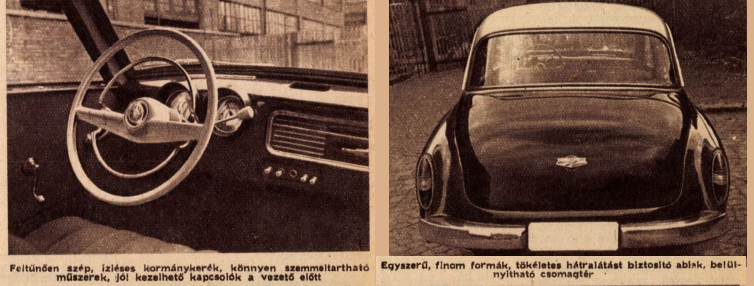
The main elements of the chassis are also taken from the basic model, but the chassis length has been increased by 100 mm and the wheelbase has been increased. This, together with the double-acting telescopic shock absorbers, further improved the car's road holding. The front and rear wishbones are still retained.
The HIDRAULIC BRAKES and the mechanical handbrake were also inherited from the F-9, but they did not need to be modified.
THE CARSTRY is a four-door, point-system, with curved windscreen glass and a curved, large rear window. Comfortable seating for four, conspicuously large boot, 40-litre petrol tank in the back.
GENERAL FEATURES also include a wheelbase of 2450 mm, a front track of 1190 mm and a rear track of 1260 mm. The car weighs 960 kg in prototype form, but a reduction in weight is expected before series production.
The Wartburg-311 has a top speed of 125 km/h, so it's pretty impressive in this class.
